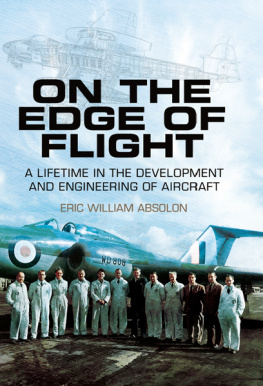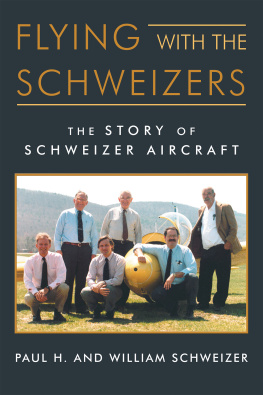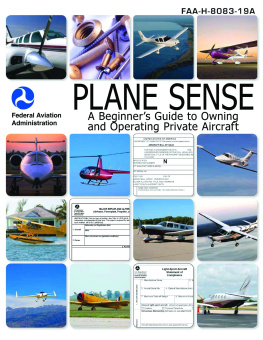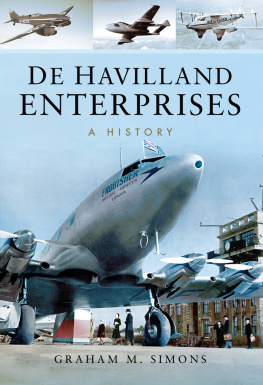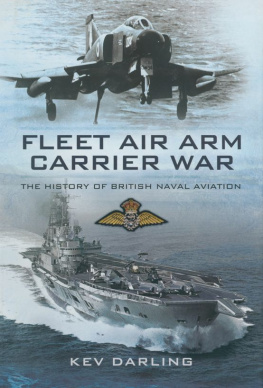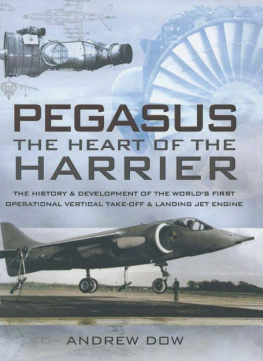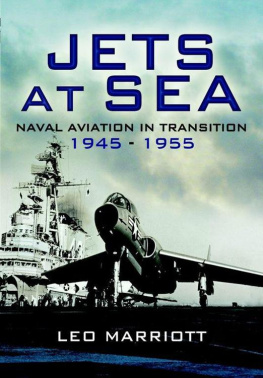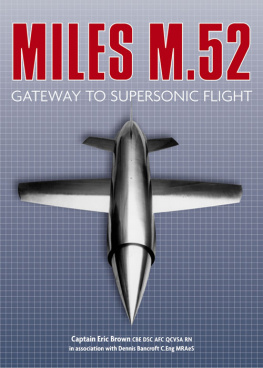The time will come when thou shalt lift thine eyes,
To watch a long drawn battle in the skies,
While aged peasants too amazed for words,
Stare at the flying fleets of wondrous birds.
England, so long the mistress of the sea,
Where wind and waves confess her sovereignty,
Her ancient triumphs yet on high shall bear,
And reign, the sovereign of the conquered air.
(Translated from Grays Lunar Habitalis, Cambridge 1737)
First published in Great Britain by
PEN AND SWORD AVIATION
an imprint of
Pen and Sword Books Ltd
47 Church Street
Barnsley
South Yorkshire S70 2AS
Copyright Eric Absolon, 2013
ISBN 978 1 78159 077 5
EPUB ISBN: 978 1 47381 686 2
PRC ISBN: 978 1 47380 720 4
The right of Eric Absolon to be identified
as the author of this work has been asserted by him
in accordance with the Copyright, Designs and Patents Act 1988.
A CIP record for this book is available from the British Library.
All rights reserved. No part of this book may be reproduced or transmitted
in any form or by any means, electronic or mechanical including photocopying,
recording or by any information storage and retrieval
system, without permission from the Publisher in writing.
Printed and bound in England by
CPI Group (UK) Ltd, Croydon, CR0 4YY
Typeset in Times by CHIC GRAPHICS
Pen & Sword Books Ltd incorporates the imprints of
Pen & Sword Aviation, Pen & Sword Family History, Pen & Sword Maritime,
Pen & Sword Military, Pen & Sword Discovery, Wharncliffe Local History,
Wharncliffe True Crime, Wharncliffe Transport, Pen & Sword Select,
Pen & Sword Military Classics, Leo Cooper, Remember When,
The Praetorian Press, Seaforth Publishing and Frontline Publishing
For a complete list of Pen and Sword titles please contact
Pen and Sword Books Limited
47 Church Street, Barnsley, South Yorkshire, S70 2AS, England
E-mail:
Website: www.pen-and-sword.co.uk
Contents
Dedication
T est flying tends to be looked upon as a glamorous occupation. Dashing young men carrying out dare-devil acts in the sky to check out new aeroplanes.
The reality is quite different. By and large, these are dedicated, qualified, people carrying out a meticulous and detailed job to a flight schedule carefully planned and executed. A schedule designed, over a number of organised missions, to explore the aircraft characteristics over the designed flight envelope.
But sometimes things go wrong. Much of this book is about the fourteen years that I spent in engineering research at Gloster Aircraft Co. Probably the most demanding, exciting and formative years of my life. During that time, very sadly, five test pilots lost their lives.
This book is dedicated to their memories
Gloster Test Pilot, Lieutenant. J. Bridge. Meteor stalled on final approach.
Gloster Test Pilot, Rodney Dryland. Meteor disintegrated during high speed run over airfield.
Gloster Test Pilot, Peter Lawrence. Javelin, failed to recover from stall (see Chapter 1)
RAE Pilot, attached to Glosters. Flight. Lieutenant Ross. Javelin.
Failed to recover from spin.
Gloster Test Pilot Brian Smith. Javelin, mid-air collision with Hunter.
Authors note.
This book has been written to appeal (hopefully) to those not necessarily familiar with aviation theory and terminology, not the least of which are the authors children and grandchildren.
Therefore, it is hoped that those that are familiar and, indeed, expert in such matters will forgive the simplified expressions, diagrams and explanations. Also, please remember that the events described took place over fifty years ago and aeronautical science has moved on. New theories, new ideas, new technology, new ways of expressing experienced phenomena. But history is important and the author believes it important to record the earlier struggles.
Copyright E. W. Absolon, 2013
Introduction
S ince man first staggered into the air in early flying machines, incredibly fragile and, by todays standards, grossly under-powered with unreliable engines, he has relentlessly pursued the quest for higher speeds and greater carrying capacity. Urged on by marginal improvements by competition and, with the dawning of the commercial travel age, the race to meet the increasing demands of emerging airlines, a great industry struggled through labour and into birth.
Sadly, some of the most rapid advances were made during two world wars to meet the needs of defence and offence operational requirements. This continued to be true during the period of the Cold War, with vastly increased technology emerging and the advent of sophisticated early warning systems and guided weapons.
More speed, more load, more range, more altitude, more manoeuverability, was the continual demand from the armed services, passed on by the Ministry of Defence, with specifications issued in the form of an O.R. an Operational Requirement.
Their needs were met, with varying degrees of success, by teams of designers, engineers, pilots, administrators, continually striving to improve their product and at the same time to create a successful business. The aircraft industry in Britain had been wholly one of private venture, founded on the dreams of individual men and the commercial viability of their enterprises, backed by government research establishments such as the Royal Aircraft Establishment at Farnborough.
The quest for speed took a sharp up-turn during the Second World War and aircraft evolved from the early Schneider Trophy machines, tailored to specific military needs. The Spitfire and Hurricane of course being perhaps the best known, but followed by many others in rapid succession.
Soon, the aerodynamicists began to think seriously about the magic speed of sound about 760mph at sea level. It was known that many of the classic aerodynamic laws by which aircraft were designed would have to be modified in this speed range, where suddenly air was no longer a predictable incompressible medium. At the speed of sound, disturbances in the air would no longer travel ahead of the aircraft. They would stay with it, creating shock waves and changes in pressure distribution and airflow that were largely unknown and unpredictable.
Later versions of piston engines aircraft had reached speeds of 500-600mph in dives and already pilots had experienced dramatic effects of trim change, buffeting, stick shake and some degree of control reversal. With the advent of the jet engine and previously undreamed of power available the popularly christened sound barrier became a reality. We began to talk in terms of Mach No - the ratio of the speed of flight to the speed of sound through the air at the particular altitude and temperature condition being encountered. The magic number was one - Mach 1 and beyond. If a further step forward in speed was to be obtained, this target had to be reached and the unknown become the known and the familiar.
So, the quest was on. It sounds over dramatic to say it was probing the unknown, but this is what it was. It occupied the period roughly from 1946 to 1960 and absorbed the energies and talents of many distinguished designers and aerodynamicists and the lives of a number of brave men, the test pilots and observers without whose skills and bravery nothing would be accomplished. The post war peace was uneasy during this time, resting precariously on a balance of power. Defence needs acted as the spur, which created an aircraft industry in Britain at its peak and probably, at that time, the best in the world. Sadly, it has now changed irrevocably and can never be the same again. One time airfields fallen in to disuse, concrete covered in grass and weeds, great factories turned into trading estates. Individual enterprises now swallowed up into large conglomerates manufacturing only parts of aircraft now so large and complex that no one individual team can conceive and manage the project.
Next page
